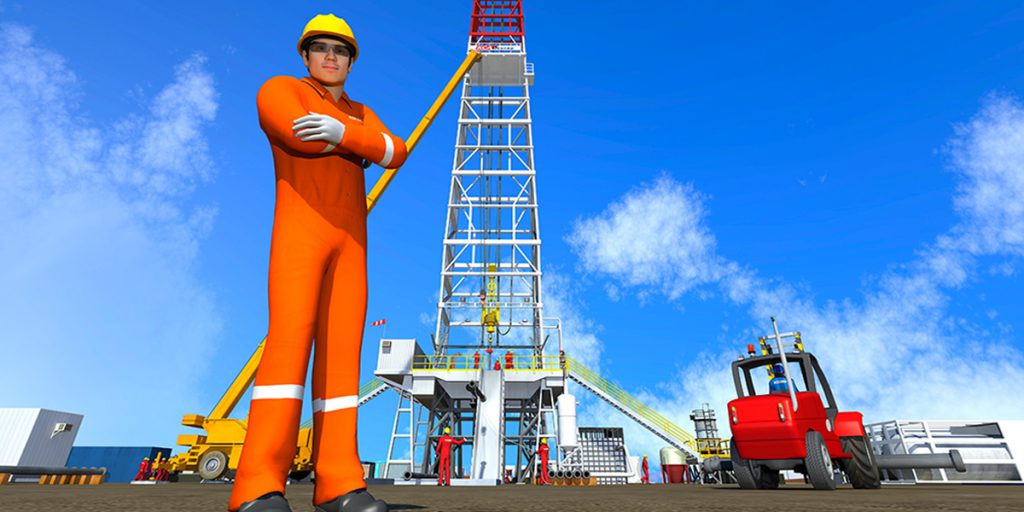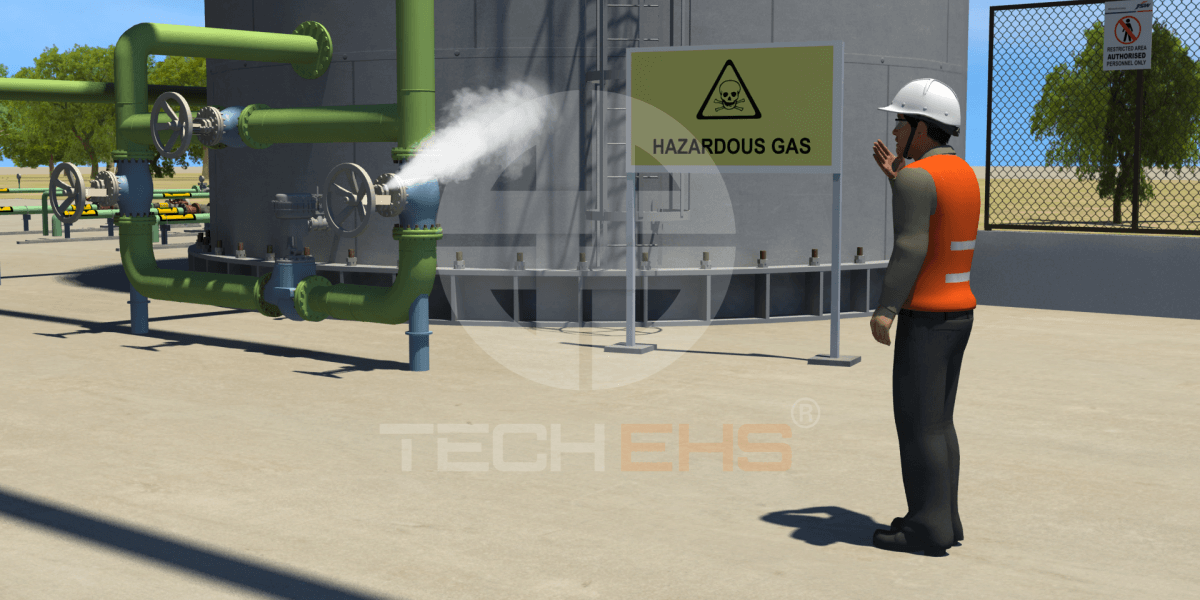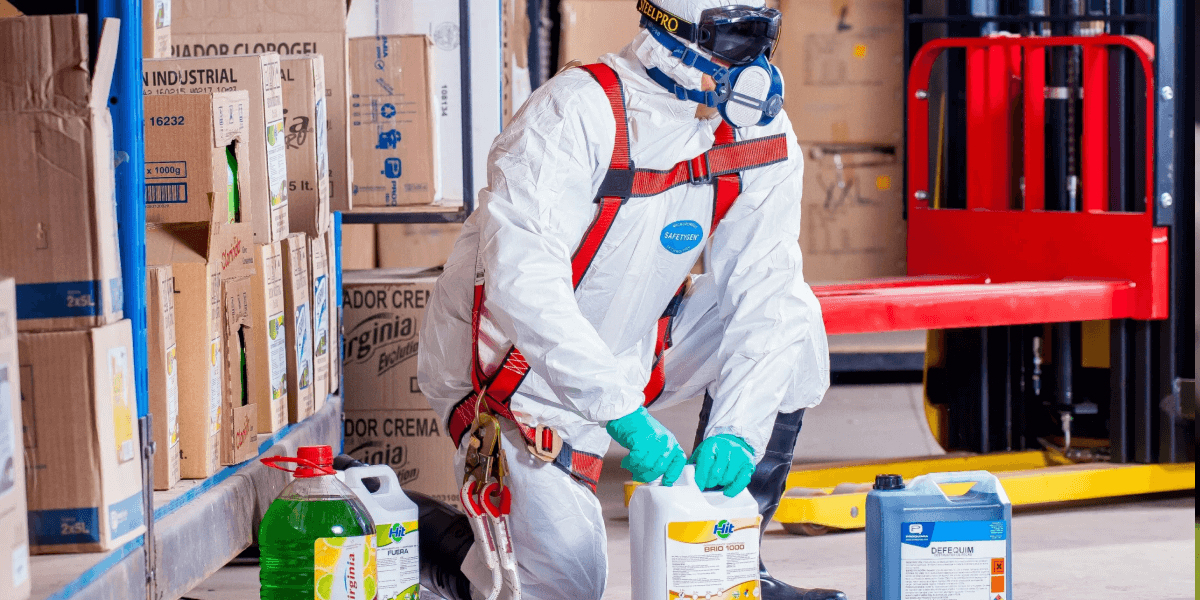
Table of Contents
Introduction
The dynamic nature of telecommunication tower projects necessitates constant vigilance and adaptability. It is crucial to foster a safety culture where every team member is proactive about identifying hazards and committed to following best practices. Ultimately, the goal is to ensure that all workers return home safely, while maintaining the integrity and success of the tower erection operations.
If we target India and its tower erection plans, we can deduce the same from the following –
And on a global scale,
And this comes off as the back of an extraordinary period of growth.
To sustain the usage, there is an ever-increasing need to expand the number of telecom towers, which aid in improving network coverage for all subscribers and coping with call dropouts.
With urban sprawl taking place, the widespread use of telecommunication towers has increased the demand for their construction. They hold transmitting devices for cellular phones, personal communication devices, and radio broadcast antennas.
Talk about statistics on the number of towers constructed—in the United States alone, 75,000 telecommunication towers have been erected, and 1,000 are erected each year.
But, with erection comes hazards, and with them, injuries and accidents.
So, if we go by the older stats, the NIOSH review identified 118 deaths associated with work on telecommunication towers (including falls, tower collapses, and electrocutions).
Mind you, electrocutions are for real and an excellent reason for deaths!
Here’s another case that reminds the purpose of safety serves everyone:
On December 8, a male tower erector stood working with a crew of 2 others on a 160-foot cellular phone tower.
The mobile tower erection was done, and the further process involved lowering the gin pole (a device used to hoist tower sections in place). After removing two choker poles, he tried to hoist the cable down.
While trying to hook to the cable and missing the larger opening, the lanyard slipped off and he fell 160 feet down on the ground.
Here, the contributing factors remain –
Other factors in incidents of tower hazards are
How Should Employers Respond To Safety In Telecom Tower?
Installing safely on-board
While erecting telecommunication tower construction safety, no matter how long or complicated the safety procedures and considerations are, one can condense them to limited moments through vitality.
Training via a variety of visual aids lets the stakeholders fantasize about situations that are ticklish to depict through conventional training styles—e.g., a life-menacing condition wherein a tower incident needs to be recreated, an electrical conjuncture, etc.
To save the workers from serious injuries and casualties, the medium through which they undergo training must be capable of making it easy and comforting, especially like a movie.
Something that makes the intended communication seamless and doesn’t prompt significant cerebral strain.
Tower safety in tower construction means that towers are duly maintained, safely reachable, and provisioned with finagled harbourage points. Employees must be lessened and retrained in a timely manner, and they must be apprehensive of conditions that could affect their capability to climb safely, etc.
Vitality increases the reach and quality of safety training, making it ideal for providing last-nanosecond, just-by-time literacy support.
How can workers supplement their employer’s efforts?
Workers must use 100% fall protection and other proper equipment used in telecommunication towers when working on towers at heights above 25 feet. Workers must participate in all the training programs offered when training programs are conducted.
Employees often ignore the lessons they learn when safe work practices are emphasized during transmission tower erection procedures.
Worker training programs are there for a reason, and they inhibit the ability to respond to changing hazardous work scenarios. So, be there and follow the learnings.
OSHA-required PPE is a trust factor – employees should opt for it and make sure that they are aware of their usage.
And at last, proper inspections on their side are necessary at intervals because they are the ones who are using it, and any damage to the equipment can pose a severe threat to their lives.
Conclusion
Preventing injuries and falls during telecommunication tower erection requires a comprehensive approach that integrates meticulous planning, rigorous training, and adherence to safety protocols. By prioritizing safety through thorough risk assessments, equipping workers with proper PPE, utilizing advanced safety systems, and maintaining effective communication, the risk of accidents can be substantially reduced.
Have an eye over prevention and vouch for it!



